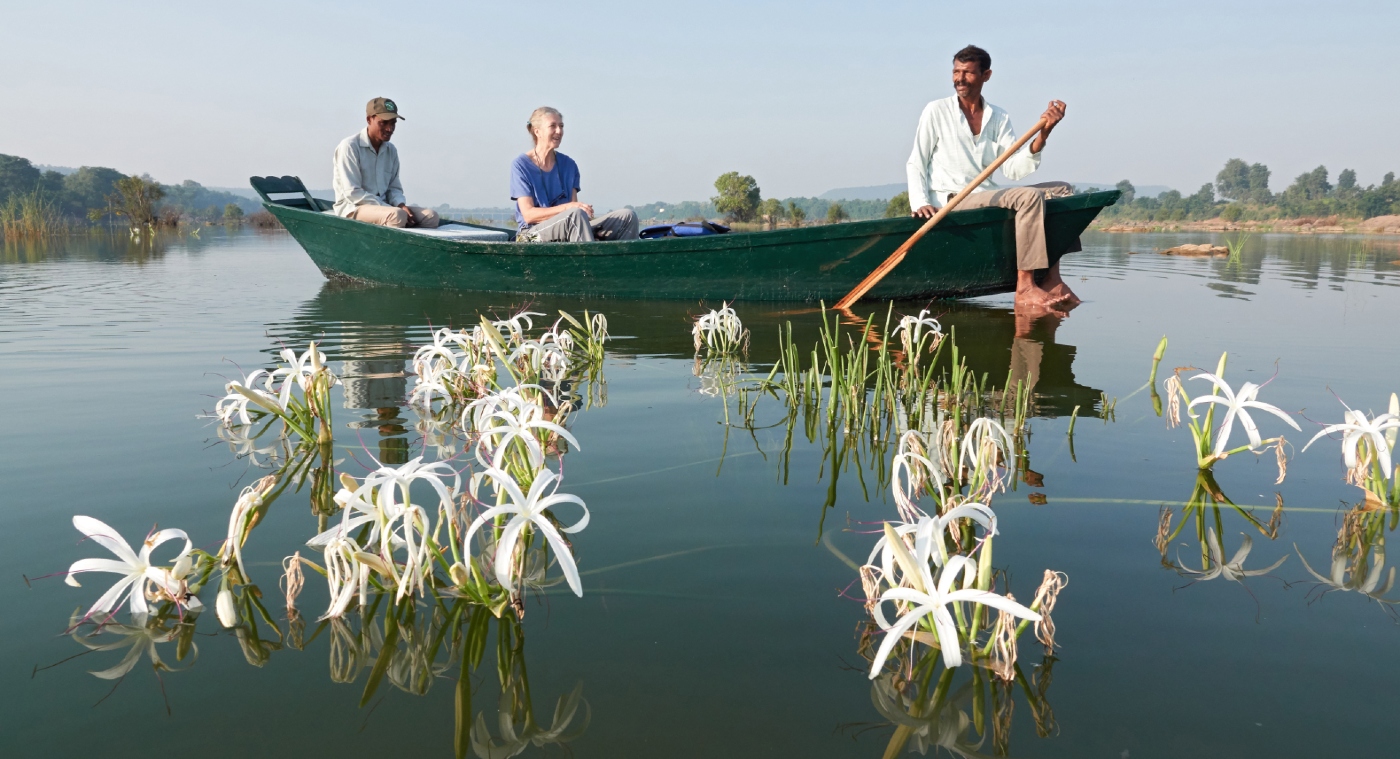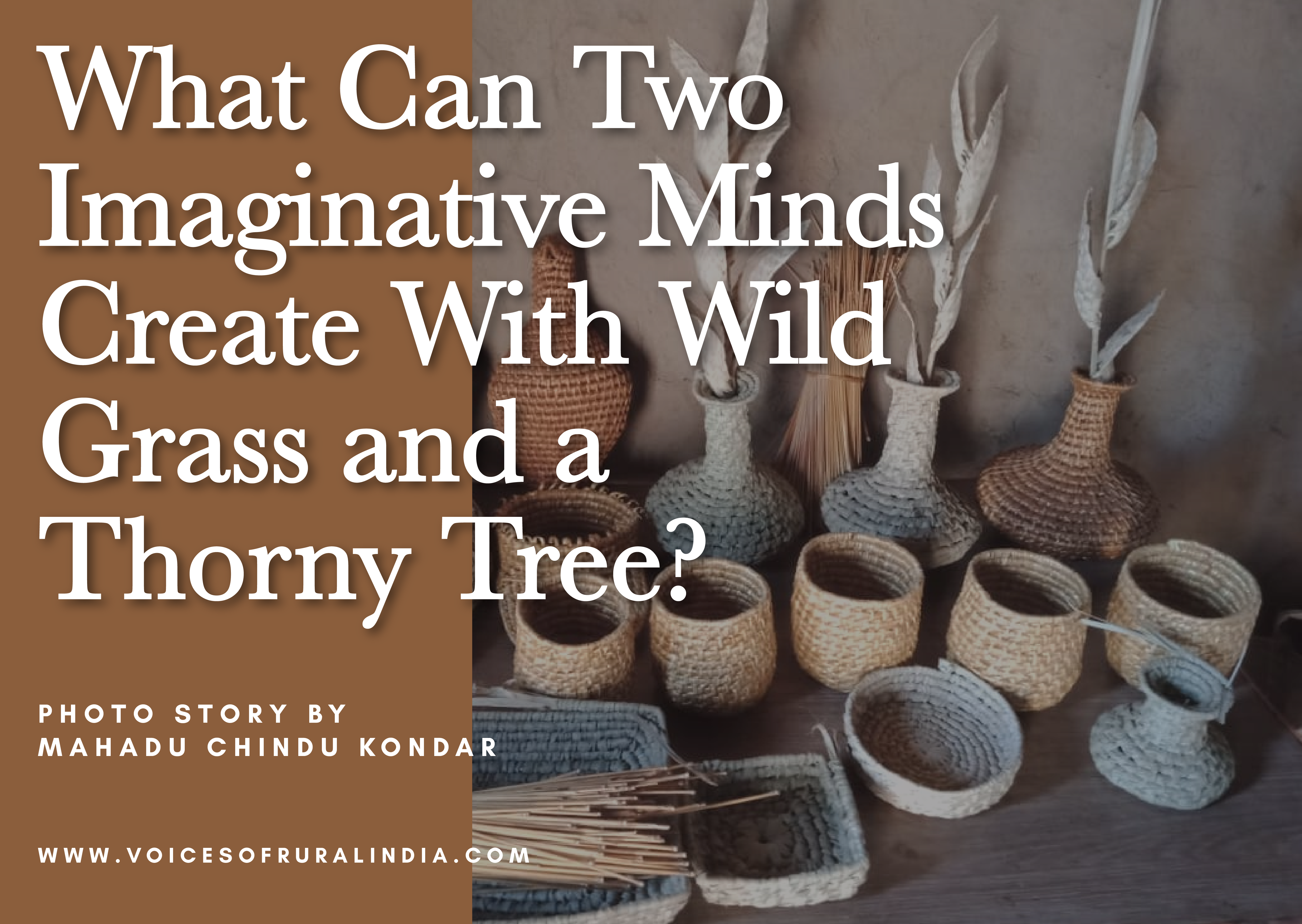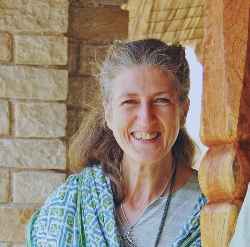
Joanna Van Gruisen, Conservationist, Wildlife Photographer, Writer, and Co-founder of The Sarai at Toria
I tend to take Stephen Jay Gould’s “cold bath” view of nature: this coronavirus situation is neither a “war” - nature’s malevolence towards us - nor nature’s retribution for all the wrong we humans have been doing to the planet. Zoonotic diseases have afflicted humans throughout history and many factors can contribute to this happening. But in spite of much research, we still do not really understand the pathogenesis of these infections. However, in today’s world, travel and transport are some of the biggest factors contributing to the spread. Reducing and halting this is therefore the obvious answer for containment, albeit catastrophic for the tourism industry.
The current restraints have wrought pain and pleasures, brutality and kindness, violence and care, conflict and peace – much of both ends in extreme forms. In so doing we have a starker more black and white view of our world. Social injustices are up there in full view, unhidden even to those who choose to be blind; no one can now doubt the importance of health and care systems, and surely no one can any longer be blind to the damage we humans have inflicted on our world. The blue skies and visible stars, the cleaner rivers and un-drowned-out bird songs are stark evidence. The coronavirus has done what social reformers and climate activists have long sought: brought these issues to the fore and to more minds than ever before. It has also given us time to think – an opportunity to imagine and recreate our societies, our relation to the planet, our way of life. We need to embrace this fully so that we do not return to “normal”. We must develop new standards, new relationships, new ways of being – a new normal.
New normal for wildlife tourism
I am asked what will this mean for tourism and for wildlife and rural tourism specifically? Contrary to much of its bad press, wildlife tourism in India is not the money-spinning enterprise many might imagine. A few years back our survey of four tiger reserves in Madhya Pradesh, in central India, revealed that 85% of visitors fall in the “budget traveller” category and most properties operated on an occupancy rate of less than 35%. Taking this into consideration and remembering that this is a seasonal, not year round, business, this is clearly not a model for high profit, so most practitioners are in it for reasons other than financial gain. Nevertheless the income wildlife tourism generates for the local economies is substantial and from these four parks alone almost $12 million revenue flowed from the lodges into the local economy (2017).
Tiger Reserves correctly impose a limit on the number of entries allowed each day so there is limited room for growth since most of the ‘tourist’ parks already have far more rooms than entry capacity. Even now there are some voices in the wildlife and rural tourism who would like this “carrying capacity” to be raised, in the belief this may help their hotels recover from coronavirus losses. This cannot be the way forward – it represents the old “normal” - minds still stuck in bygone grooves. Tourism boards like Madhya Pradesh offering incentives for large projects in already crowded wildlife destinations like Kanha and Bandhavgarh, not to mention water sports in drought afflicted Bundhelkand areas are also a reflection of outdated thinking. But these “investment opportunities” were advertised in pre coronavirus times and we may hope that these weeks of reflection and discussion may influence governments to adopt more imaginative and all-embracing programmes.
Beyond the obvious
Tourism is an ever-growing enterprise and a major job creator (1 in 10 workers worldwide are employed in this sector). For the last eight years tourism growth has outpaced that of the global economy. Although the present situation is quite a hiccup (optimistically expressed), many of us expect that, in time, it will return to its upward movement - even if its nature changes (eg to more domestic than international travel). There is thus always the potential for favourite tourist destinations to be wrecked by too many visitors. In many cases, this spoliation is not just for the tourist but causes real damage to the destination. Areas set aside for nature and wildlife are some of the most susceptible for this. So let us not kill our goose! There are other ways to grow.
India is a vast landmass with more incredible sites than most countries, both cultural and natural. Many of the known ones are still very under-visited, but there is so much more that is not visited at all. Sticking to wildlife: there are now 50 tiger reserves across the country. How many of these have any appreciable tourism? 12-15? Room for 300% growth there! But is the tiger the only attraction? Scotland (the size of Assam, 40 times smaller than all of India) attracts over a million wildlife/nature tourists a year in spite of no large carnivore (and mostly lousy weather!). India has incredibly beautiful forests and countryside in all States and therein lie fantastic tourism potential.
If this virus has demonstrated one thing, it is surely the unhealthy circumstances of trying to solve all India’s woes by encouraging migration to cities. Far better to design ways for those in India’s villages to be sustained - and developed - in the village itself. Improved agricultural policies and a UBI (universal basic income) may be ways, but tourism can also offer a means to earn with little or no damage to the surrounding environment. More than this, it can actually be a catalyst to furthering conservation and protecting more of our natural environment.
A win-win-win situation
In many parts of the world, tourism is used as a conservation tool – we need to wield it in this way here also. This will take time to establish and work but the finances are indisputable and if the present thoughts and expressions of many tourism industry professionals are anything to go by, this kind of authentic and responsible tourism, where the community is at the centre strategically, economically and socially, will move up the demand curve in a post coronavirus world.
So if wildlife tourism wants to grow, it must spread its branches and shade new and original places. We need to create our own success stories and not only grow on others’ successes. We can give tourism roots in untouched places and nurture its growth in ways suitable to the new environment. It can also evolve in directions more appealing to the wildlife visitor, embracing so many other ways of experiencing our natural environment than from the back of a moving vehicle. As I have written before, I see not just a win-win situation but a win-win-win one! Conservation, social development and enhanced tourism experience. Let us embrace this new opportunity and grow in ever more caring ways.







